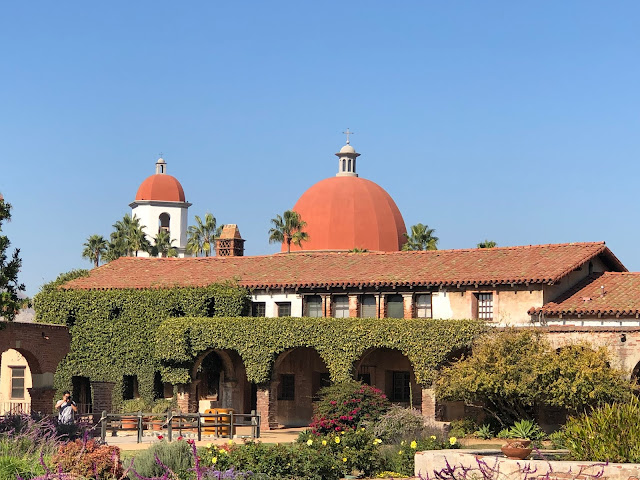Today I had the opportunity to attend my very first Saint Lucia breakfast. I know only a little of Saint Lucia, and while I had heard that it can be celebrated by both Lutheran and Anglican, I have never know anyone who actually did participate in this Swedish Christmas tradition. Saint Lucia was an early Christian martyr whom legend says would secretly bring food to the early Christians hiding in the catacombs of Rome. She would wear a crown of candles on her head to light her way and keep her hands free to carry what she had to share. Lucia means light and her feast day is celebrated in Sweden on December 13, one of the shortest days of the year.
We were greeted at the door by the daughter of the house dressed as Saint Lucia. The white robe is supposed to represent baptism and the red sash is for the blood of the martyrs.
Our hostess shared lots of delicious food for everyone to enjoy.
Later in the morning our Saint Lucia wore actual lighted candles on her head as she moved around the room. Brave girl!
As our morning came to an end we were each given a hand-made Christmas ornament which I promptly took home and hung on my tree!
The light of Lucia in the middle of Advent is supposed to be a reflection of the great light of Christ which enters the world on Christmas Day. Such a lovely reminder.
"Hear us Oh God our salvation as we rejoice on the
feast of Saint Lucy, thy virgin and martyr, and grant us to learn the
spirit of pious devotion." Amen.





































